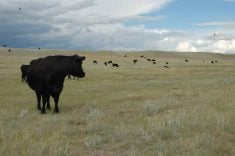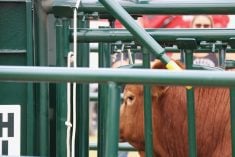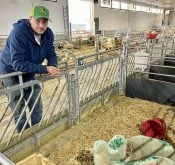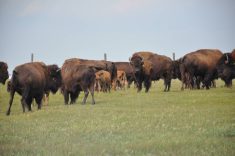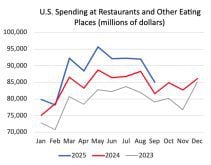SAN ANTONIO, Texas – Cow size may not be as important as efficiency within the herd.
That is one of the conclusions of a study from Texas A & M University presented at the National Cattlemen’s Beef Association annual meeting Jan. 27.
“Some of this is nothing new but there is a ton of stuff out there that isn’t right,” said Barry Dunn, director of the King Ranch Institute for Ranch Management at the San Antonio convention.
“We don’t need better cow sizes for our managers, we need better managers for our cow sizes,” he said.
Read Also
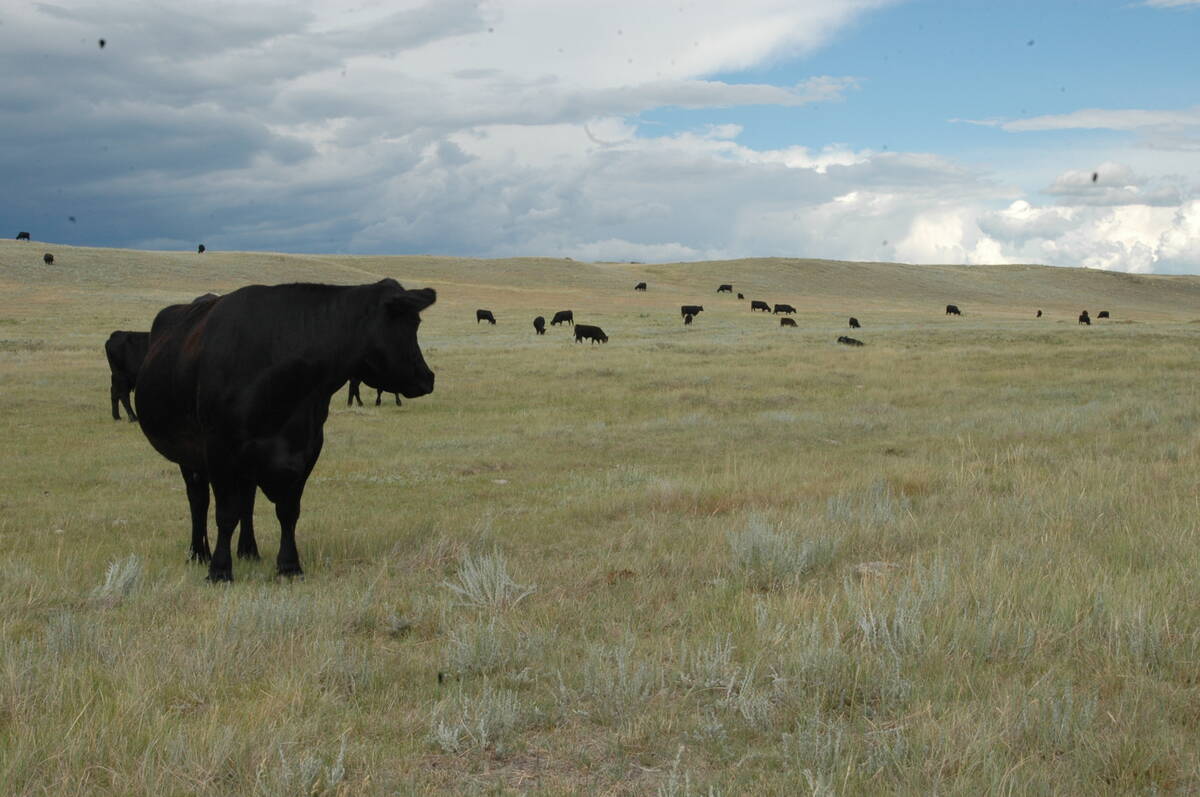
Canadian Food Inspection Agency slammed for handling of bovine tuberculosis case
The federal government leans heavily on producers to “take one for the team” and risk their livelihoods without any reassurance of support.
The study found as long as the cow type works well within its particular environment, size has little impact on profitability.
“If you have cows that work where you are, you are probably in good shape,” said Dunn.
Led by students Jennifer Johnson and J.D. Radakowich, the study concluded an efficient cow herd has early sexual maturation, is fertile with few calving problems and has a long life with minimum maintenance requirements.
The efficient cow can convert forage into pounds of beef through calves, meet body maintenance requirements and have enough body condition to rebreed.
“A cow needs to take care of herself, her calf and the calf to come,” said Johnson.
Reproduction is the most important factor in cow efficiency.
An efficient cow has the highest milk potential, can successfully wean a calf and repeatedly produce calves by bulls with the growth and carcass characteristics valued most in the marketplace.
The best way to measure efficiency of the herd is the ratio of total pounds weaned divided by the number of cows exposed to a bull.
It was cheap to feed cattle grain in the 1960s.
Cows became bigger and produced more beef through their calves.
Cows need to be selected for their environments to best express their genetic potential. They need to find enough forage to take care of themselves and their calves.
“Maintenance requirements are not the same as efficiency,” said Johnson. “Maintenance requirements are inputs.”
Every environment has wide variations from lush grass to drought with different levels of production potential, said Radakowich.
To wean big calves, milk production is important. To produce more milk, the cow needs more feed but weather, forage quality, breed and environmental stresses like insects, mud or disease can also affect expected outcomes.
Extra grain can give the smaller cows and their calves a boost.
For the calf to gain an additional three pounds by weaning, the cow must consume an extra eight pounds of corn per day. In most years, it works because the extra pounds of beef paid for the extra feed, said Radakowich.
While modern cows produce more pounds of beef, most producers have not adjusted their herd sizes downward.
They may not have enough resources to support these cows and continue to have to offer supplemental feed at an added cost.
To improve a cow herd, culling individuals has less impact than introducing better, high performing bulls.
“Compared to bulls, individual cows contribute little to the overall genetic makeup of an entire calf crop,” said Johnson.
“If you need to change your cow herd, change your bulls,” said Dunn.
Cows turn over in a herd every five to seven years so it takes a long time to improve a group. Since no one breed excels in all traits, producers should consider crossbreeding to optimize performance and a 25 percent increase in calf size.



